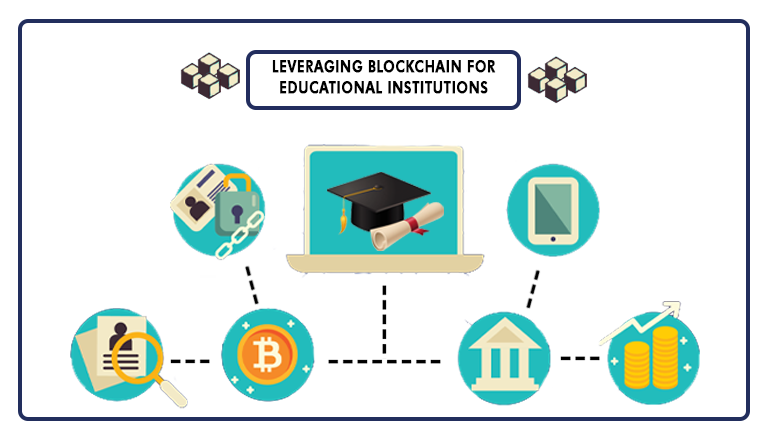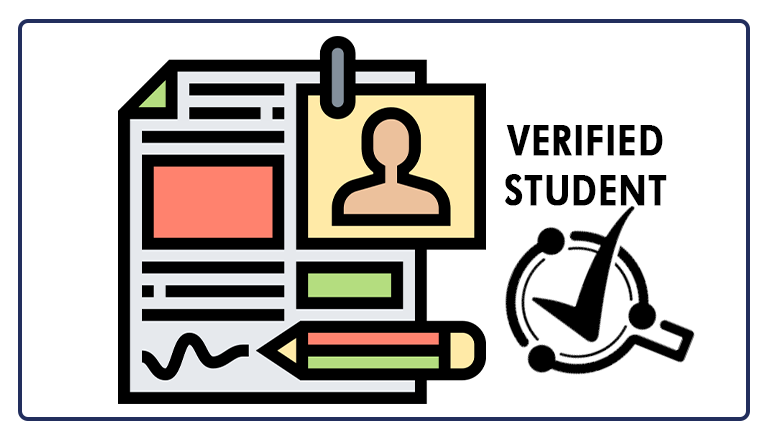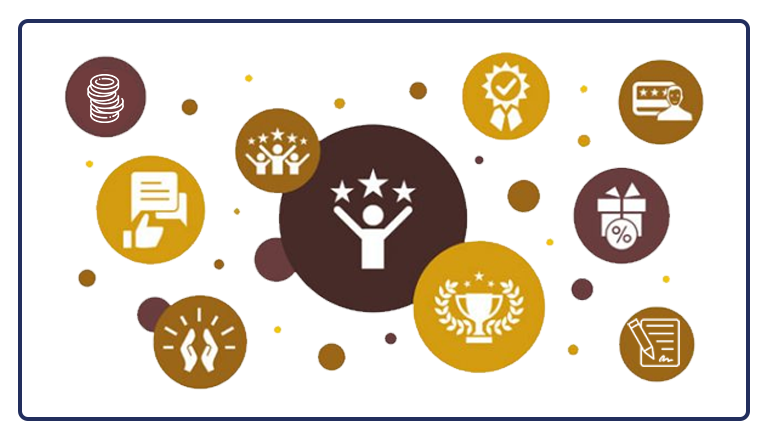Since its introduction in 2011, blockchain has been used as a powering technology in many industries such as the finance, legal, healthcare, and IoT sectors. Its adoption in education is no different. Still in its early stages, only 2% of educational institutions in 2019 were using it, according to a poll by Gartner. According to the same poll, 18% of higher education institutions were planning to use it. With its possible advantages to all educational levels from K-12 to higher education, blockchain is here to stay. So, if your educational institution still has not ridden the wave yet, it is time you consider it.
But before you decide whether you would like to include blockchain in your technology stack, let’s first explore what blockchain is and its potential benefits to your institution.
What is Blockchain?
Blockchain is a type of distributed ledger technology (DLT) that consists of a growing sequence of records, all of which are created and stored forming blocks. Each of these blocks is timestamped and linked to the following block using cryptography, thereby creating a ‘chain’ of blocks, otherwise known as a blockchain. The most interesting feature of the blockchain is that the data storage process is irreversible. In other words, once data is stored in the chain, it cannot be altered without altering the entire sequence of transactions after it, rendering it impossible to tamper with. Another extremely interesting feature of blockchain is that it is managed over a peer-to-peer (P2P) network. In other words, no centralized body is in charge of storing the data or managing it, rendering it efficient and relatively immune to corruption risks.
The State of Blockchain in Education
Although a relatively new technology, blockchain has been gradually gaining adoption in the academic field. In fact, the global Blockchain in Education market size has been valued at USD 118.73 million in 2021 and is expected to expand at a CAGR of 43.94%, reaching USD 1055.98 million by 2027.
Why Blockchain in Education?
There are many applications to using blockchain in education. Together, they enable more efficiency in education administration, easier record and content sharing, and more student freedom. Here are a few of these applications.
Verification of Student Records
The average educational institution handles thousands of student records per year, ranging from birth certificates and IDs to previous educational certifications. The process of student enrollment requires the collection and verification of these records. Considering the fact that there are 967,734 unique credentials in the U.S alone, you can imagine how tedious and laborious this task usually is. With blockchain, once a record or certification is issued and stored in the chain, it becomes automatically verified because, remember, all blockchain records are irreversible and tamperfree. So, all educational institutions need to do to verify that a student certificate or transcript is not fake is check it on the blockchain. If it’s there, then it’s real. This automation in record collection and verification can save educational administrators a significant amount of time every year.
Issuance of Transcripts & Certification
Similar to the verification of students’ records, educational institutions spend an enormous amount of time every year verifying records for certification issuance. In fact, a recent study by the University of Rome revealed that the process of verifying diplomas cost the university more than $20,000 annually, corresponding to about 36 weeks of work. But with blockchain, the time spent on these tasks can be significantly reduced as courses completed by learners can be automatically saved on the chain, allowing for automated transcript and certificate issuance.
Storage of Learning Content
The blockchain allows for limitless storage of data, so educational institutions can also use it to upload and store their course content. This enables universal access for learners worldwide and helps educational institutions tap into global markets. It also guarantees copyright protection since the blockchain makes clear the initial content upload transaction owner and timestamp.
Smart Contracts
Blockchain enables the full enforcement of contracts using the decentralized technology, with no intermediaries involved, giving rise to an application more commonly known as ‘smart contracts’. Via smart contracts, when two parties enter an agreement on the blockchain, the chain verifies that they both have the means to meet their commitments. Then, once one party meets its commitment, the chain automatically enforces the other party’s commitment. For example, if a student enrolls for a particular course via a smart contract, the blockchain would first verify that they can pay the tuition fees for the course. Once the course is open for the student, the blockchain would automatically withdraw the payment from the student’s account, with no intermediary and no room for default. This is great for educational institutions as it significantly streamlines the tuition payment processes and enhances their efficiency.
Tokens & Rewards
Considering that a 2006 study exploring student attrition cited that 70% of high school dropouts said they were unmotivated, the importance of motivating learners by educators cannot be overlooked. Using the blockchain, educators can keep their learners motivated by using digital badges and cryptocoins to issue rewards. The badges can be instantly viewed and verified by future employers any time and the cryptocurrency can be used by the learners to make purchases online. It’s as sleek as that!
Leverage Blockchain for Your Educational Institution
These were a few of the top applications of blockchain in education. If you’re interested in knowing more about how blockchain can help your educational institution or are interested in viewing a live demo, you can check out the blockchain solutions for education by our partner, Educhain here.



